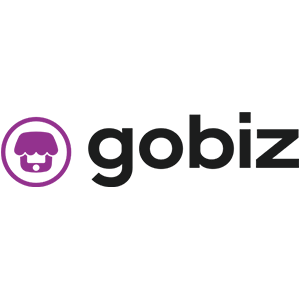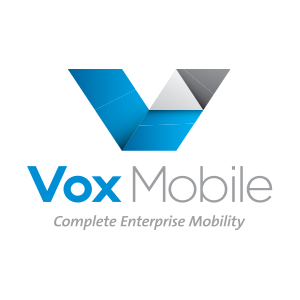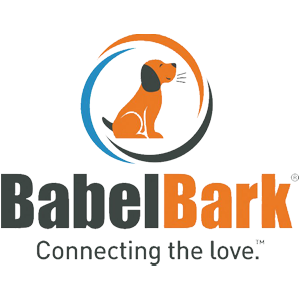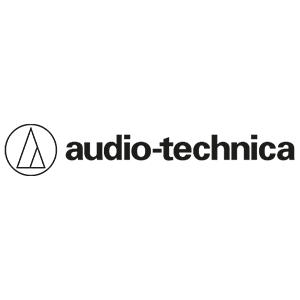




Positioning & Brand
Marketing
Website Design & Interactive
Conversion Optimization
Sales
Retention & UX/UI
Medical Devices
The medical device industry is constantly evolving, therefore it’s important to stay up-to-date with newly developed technologies and solutions that help enhance the quality of patient care.
Hospitals need effective treatments and innovative technology in order to provide the best possible outcomes for their patients – having an effective brand presence is key when it comes to winning their trust and demonstrating the value of your product
When targeting large healthcare organizations – you must educate leadership, administrators, doctors, nurses and other healthcare professionals on the benefits and capabilities of using your technology in order to give them a better understanding of how it improves care delivery across departments (e.g., operating theaters, ICUs).
Industrial Devices
IoT has enabled new forms of communication among connected devices and opened up access to capabilities previously unavailable in traditional manufacturing environments.
With this technology, production lines can be monitored in real-time and data collected to identify discrepancies and areas of improvement. IoT can largely automate many processes, allowing for manufacturers to react quickly to changing customer requirements or unplanned events while reducing the risk of human error.
We support technology and device companies looking to penetrate into these markets with both traditional and digital marketing tactics. Our media capabilities help tell stories of value to manufacturers as well.
Consumer Services Devices
Today, most business that service households and consumers in store are leveraging devices to improve what they deliver or the efficiency of delivery.
For companies that make and sell these devices, we help the find the right target audiences and penetrate markets.
Device Challenges
B2B devices are at the forefront of concepts to innovate industries - needing a specialized approach to market and sell.
Challenge #1
Our device is unique to a narrow market and we need to micro target our marketing.
Challenge #2
Our goal is to sell our devices in bulk.
Challenge #3
While we make the devices, we need others to sell, configure & implement.
Challenge#4
We have to create various multi-media to explain and simulate our device value.
Device Marketing Insights
When you have a B2B device, it is often seen as a product to sell, but B2B devices are often not as simple as a consumer transaction.
According to Statista, the projected sales of Internet-of-things (IoT) devices will be around $1.1 trillion in the year 2023. As of 2020, $749 billion were spent on IoT devices alone.
A core survival strategy in the medical technology industry is the ability to develop creative medical devices that helps in enhancing human health. I
Due to unprecedented demands on healthcare continuing to impact the market, the medical device industry and healthcare industry are experiencing a massive increase in demand.
SaaS + Tech Shows
We've learned a lot and are sharing with you insights into how these founders grew their companies - first customers, product development, building teams and so much more.

SaaS Founder ShowFascinating conversations with SaaS founders sharing their challenges, big wins, best moments & insights while scaling their software start-up.
Watch The Show
Tech Founder ShowBleeding-edge tech and device founders share their stories of invention, growth and overcoming challenges on the tech founder show.
Watch The ShowSaaS + Tech ROI Optimization
Friction exists at every stage of the funnel preventing prospects and customers from moving forward in the process. With the right strategy and approach to optimization, friction can be reduced significantly resulting in greater ROI.
Device Marketing Resources
Bringing a device to the market in the United States may appear complex. Following these four steps may assist you to navigate the process.
Every medical device is unique. But no matter which device you’re marketing, the following principles will help you get the right people’s attention and engage them on a deep level.
By 2025, the connected userbase will cross 75 billion, unlocking new avenues for marketers to engage with customers.
The steady proliferation of intelligent devices brings vast possibilities in various sectors and a new paradigm for customer relations and marketing management.
Interesting Statistics
One quick call and we'll share our approach - no pressure.
Talk with us